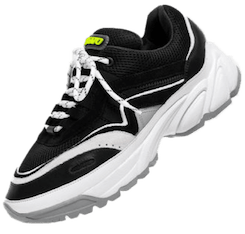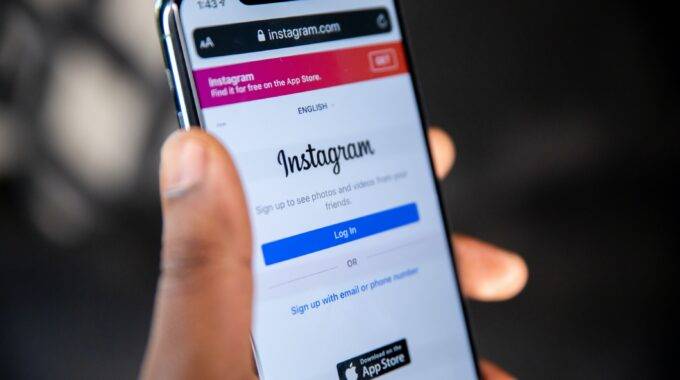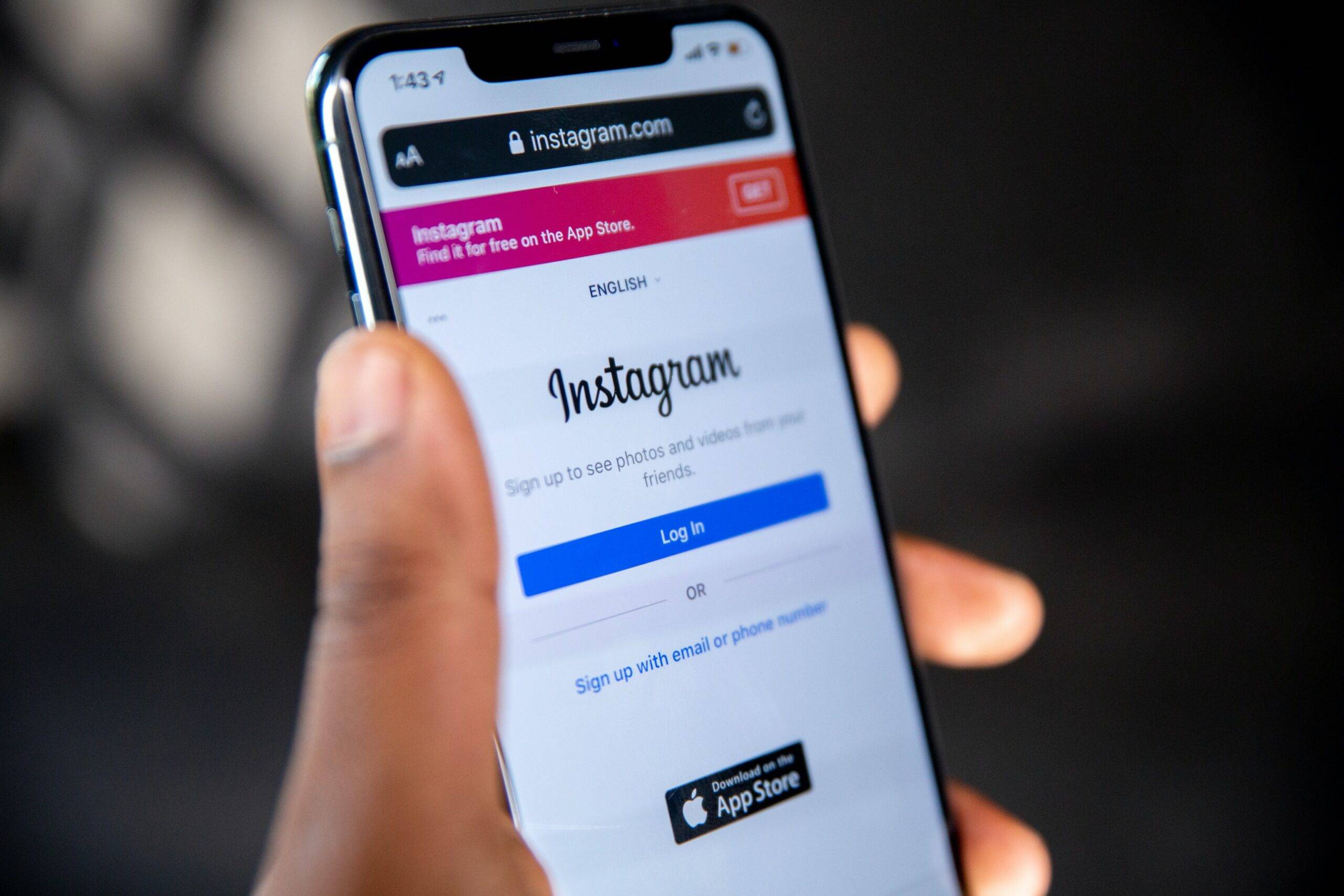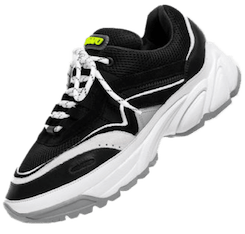Facebook Ad Library: How to Use It for Your Campaigns

Facebook Ads can be an incredibly powerful tool for your business when you do it well. But doing it well can be a tough challenge. There’s a lot to consider, from targeting the right audience to choosing the right settings to crafting the right creative.
Many entrepreneurs and marketers swear by the Facebook Ad Library—or the Meta Ad Library, as it’s now called. The Meta Ad Library is a free database of ad campaigns that you can tap into for guidance and creative inspiration on your own ads.
Let’s look at what exactly the Meta Ad Library is, when and why it can be useful to a growing business, and how you can get started using it today.
Start selling online now with Shopify
Start your free trial



What is the Meta Ad Library?
The Meta Ad Library is a searchable database that contains information about ads currently running across Meta platforms. These platforms include Facebook, WhatsApp, Instagram, Messenger, and other services. Ads related to politics, elections, and sensitive issues are also in the database, regardless of their current status.
Why and when should you use the Meta Ad Library?
The Meta Ad Library has numerous uses. Before launching …















